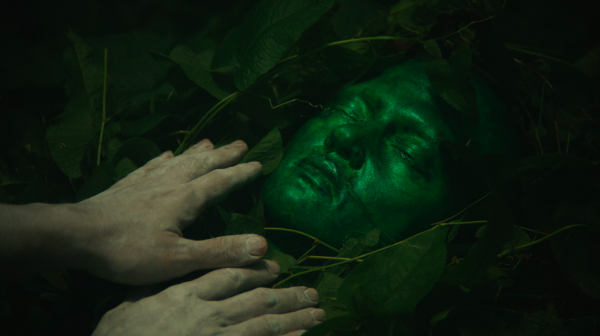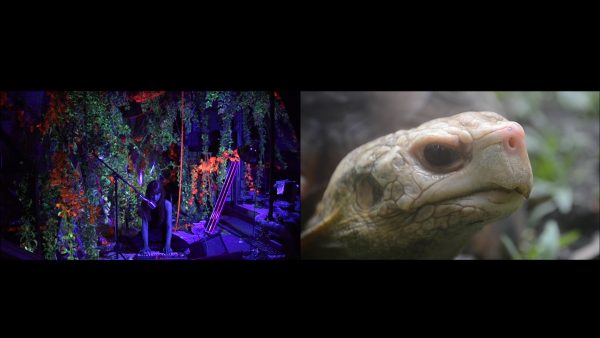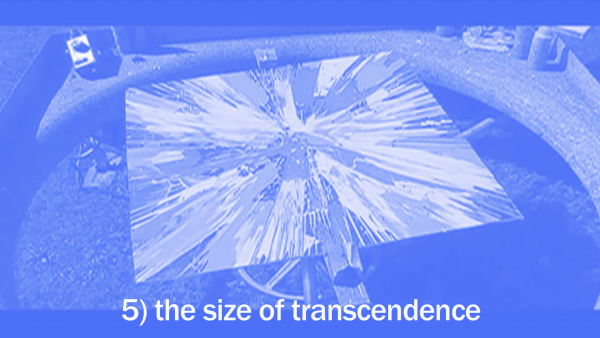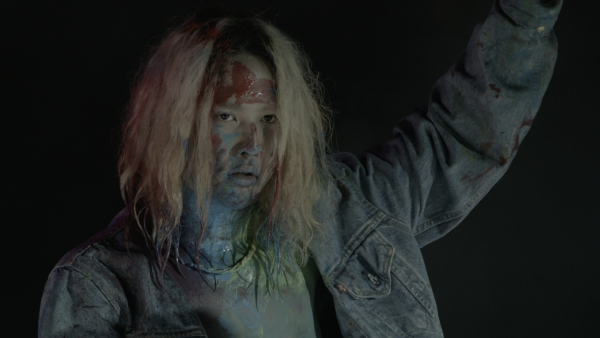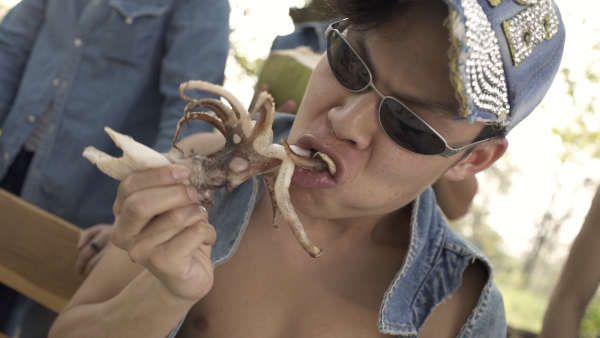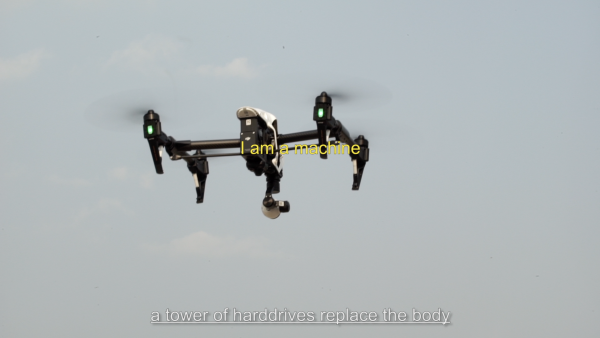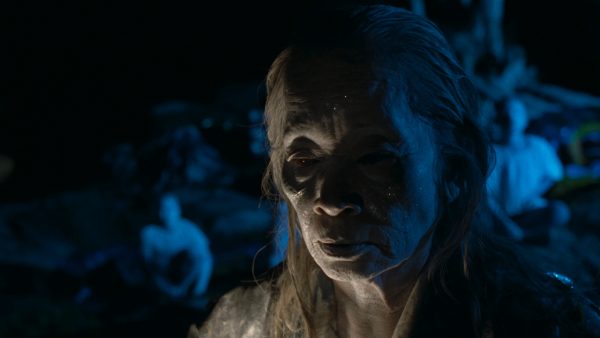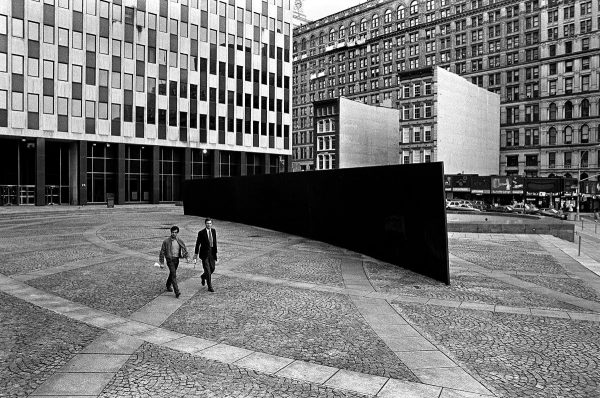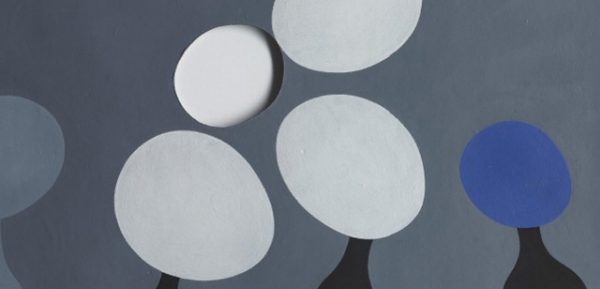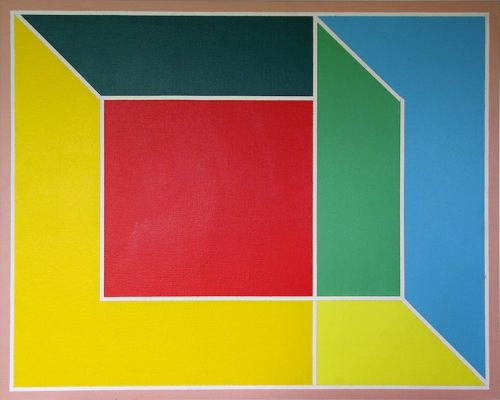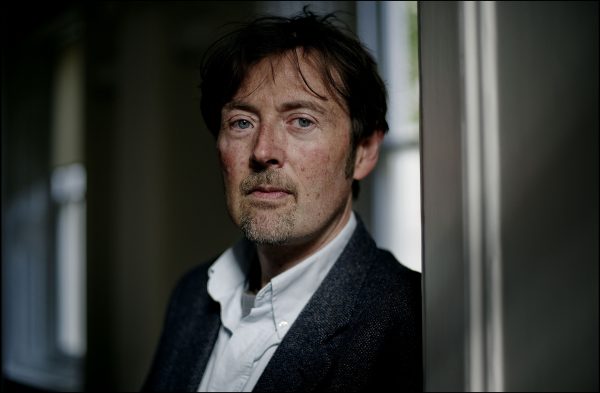![]()
To write about Korakrit Arunanondchai is to be in hot pursuit. The first day we were meant to have this interview, he was out of reach, freediving off the reefs of Ko Tao. When I travelled to Bangkok in 2018, to see the inaugural Ghost festival of video and performance that he had curated, for a book I was working on, I followed friends to performances around haunted ta-khian trees and drag parties in bank vaults in hopes of tracking him down. In London a year later, I found him carrying the chef Angela Dimayuga like a newlywed into the nightclub at the top of the Standard Hotel. Whenever I have succeeded in sitting down with him, I leave with an impression familiar from viewing his work: the joy of immersion into his oblique and mysterious logics, grasping the iridescent tail of several interconnected ideas.
Contingency is the force that drives Arunanondchai’s sprawling oeuvre of video, performance, painting and installation, which roams through personal relationships, political upheaval and cosmological concerns. His videos, often the centrepieces of exhibitions, combine found clips with drone and handheld footage filmed in collaboration with director Alex Gvojic. Religious artefacts, veterinary surgeries, news broadcasts and highlights from reality TV are interleaved with slow and sublime cinematic action, sewn together by Arunanondchai’s distinct poetic voice and grounded in a close relationship to location. In these major works, titled Painting with History in a Room Filled With People with Funny Names 1-3 (2013-15), With History in a Room Filled With People with Funny Names 4 (2017), and No History in a Room Filled With People with Funny Names 5 (2018), he seeks out sites such as the former CIA black site Ramasun Station, north of Bangkok, or the self-governed island of Jeju in South Korea, places he describes as ‘haunted and historically rich’.
This nebulous material is anchored in a regular cast of characters: the Denim Painter, an ambitious young artist negotiating life between Thailand and the United States, played by Arunanondchai; Chantri, a ghost who later inhabits a drone; Tosh Basco (formerly known as boychild) – a performance artist in her own right – who plays herself or, at times, the naga, a Thai deity representing chance, chaos and revolutionary forces; and the artist’s grandparents, whose sunset years Arunanondchai approaches with great tenderness, anchoring his contemplation of time, memory and existence in ‘a life lived’.
For this interview, we began at the end, with Songs for Dying, a video installation exhibited at Kunsthall Trondheim in 2021. The video follows a rich diorama, in which gravel, moss, excavated clay, modelled tree roots and banana leaves comprise the body of a figure; Arunanondchai cast the head from Basco’s, and the hands from his grandfather’s. A gnarled, fake mountainside is flung back, wing-like, from the figure’s shoulders; a path the colour of oxblood leads to a wall-sized painting, noisy with abstract marks that cohere into the symbol from The Hunger Games, co-opted by Thailand’s pro-democracy protest movement from 2014. Within this cacophony of signs, we encounter Songs for Dying, a moving, circular meditation on individual mortality, systemic collapse and the promise of regeneration. The narrator of the film asks: ‘How many lives do I have to live to see you again?’
